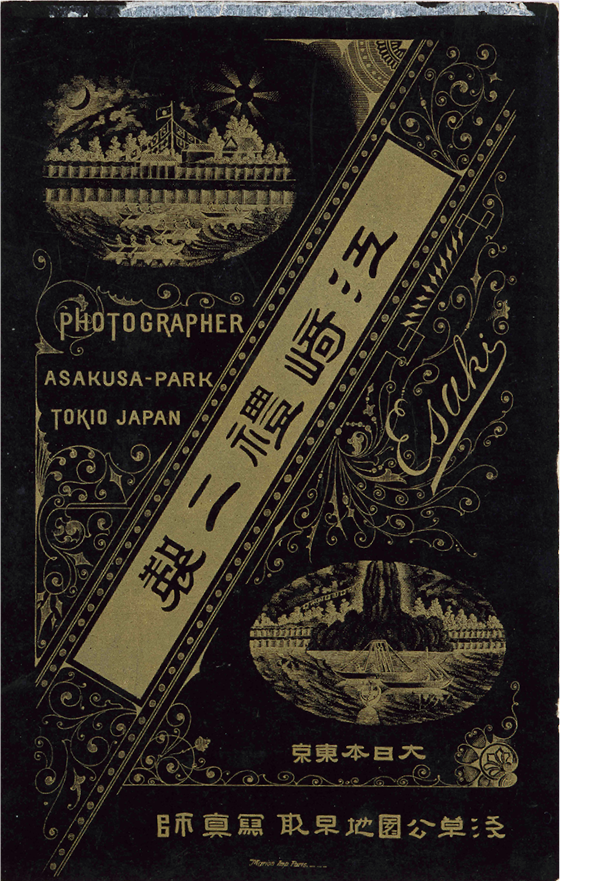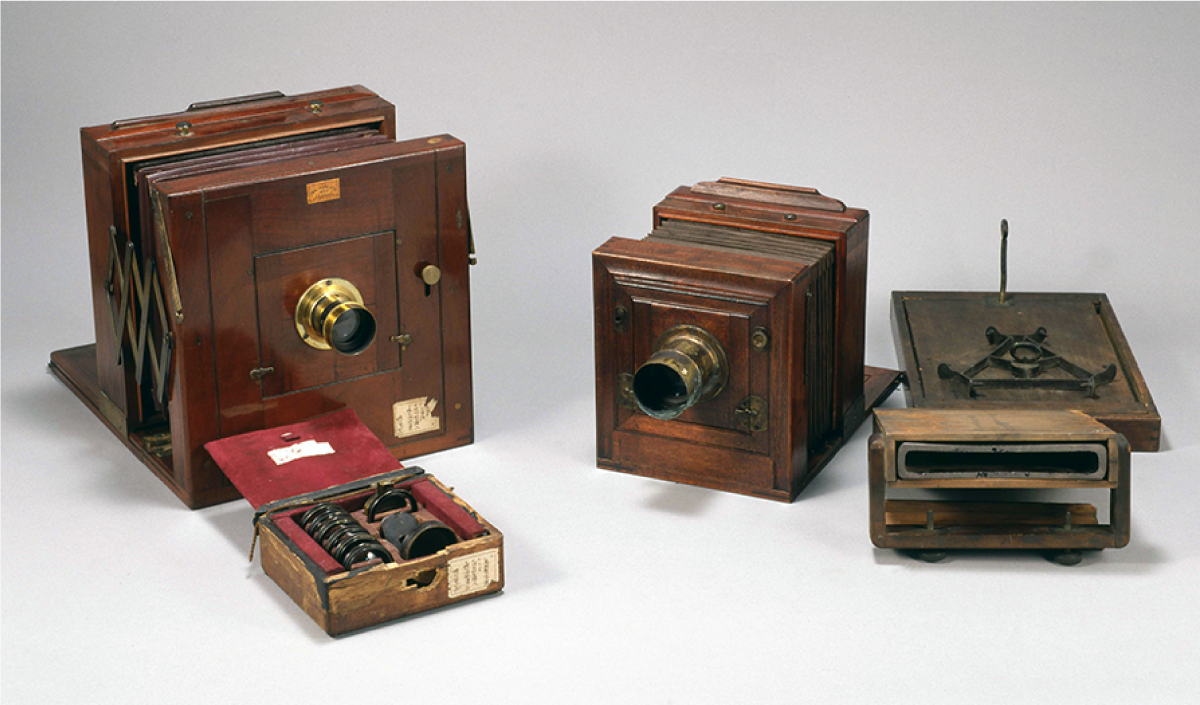- Home
- >
- Exhibition
- >
- Past Exhibition
- >
- When There Were Photo Studios in Town-Tokiwadai Photo Studio and Showa Modern Style-
When There Were Photo Studios in Town
-Tokiwadai Photo Studio and Showa Modern Style-

- ■Exhibition Period:
- July 27 (Sat.) to September 23 (Mon., national holiday), 2024
- ■Venue:
- Edo-Tokyo Open Air Architectural Museum Exhibition Room〈Location〉
- ■Museum Hours:
- 9:30 AM to 5:30 PM (Admission until 5:00 PM)
- ■Museum Closures:
- Every Monday (When Monday is a national holiday, closed on the following day)
- ■Organizers:
- Tokyo Metropolitan Government, Tokyo Metropolitan Foundation for History and Culture Edo-Tokyo Open Air Architectural Museum
- ■Admission Fee:
- The Edo-Tokyo Open Air Architectural Museum admission fee applies for this exhibition.〈Admission Fee〉
When There Were Photo Studios in Town
-Tokiwadai Photo Studio and Showa Modern Style-
As the recovery from the Great Kanto Earthquake progressed and the city regained its vibrancy in the early Showa period, a modern lifestyle began to take shape. In 1937, as this vibrant era was drawing to a close, the Tokiwadai Photo Studio in the museum's west zone was erected in the Tokiwadai residential area, developed by Tobu Railway Company, Ltd. along the Tojo Line.
During the Meiji and Taisho periods, cameras were not yet widely available to the general public. Even in the early Showa period, when the Tokiwadai Photo Studio was constructed, having a photograph taken was a special experience typically done at a photo studio. These photos, captured by photographers competing to display their talents, were carefully preserved as valuable family records.
As time went on and compact cameras became popular, photography became more accessible to everyone. Photo studios adapted to this new reality by catering to special events such as family milestones and school events. Nowadays, with the evolution from camera phones to smartphones, photography is now a simple task for anyone. Yet, with the progress of digitalization, issues like image storage have become prevalent.
This exhibit follows the evolution of city photo studios and their role from the Meiji era to the modern day. In addition, with digital cameras having been mainstream for more than three decades, we take a moment to contemplate the evolving role of photography.
Exhibition Overview
- Prologue・
- Showa Modern
- Chapter 1・
- The History of Commercial Photography Studios
- Chapter 2・
- Bunka Jutaku Residence and Tokiwadai Photo Studio
- Chapter 3・
- Changing Cameras and Photographs
- Epilogue・
- Why Do People Take Photographs?

Edo-Tokyo Open Air Architectural Museum, Tokiwadai Photo Studio, Year of Reconstruction: 1997
-

Poster for "Club Bishin Cream"
-

Mounted Photograph Signed by Reiji Esaki
-

Wet Plate Camera
-

Ground Plan of The Tamagawadai Residential Area
-

"Olympus Pen EM" Compact Camera
All from the collection of the Edo-Tokyo Museum
Related programs
- Museum talks
Highlights of “Special Exhibition: When There Were Photo Studios in Town-Tokiwadai Photo Studio and Showa Modern Style-” - Date and Time:July 27 (Sat.) From 2:30 PM
- Curator: Yoshiyuki Mashimo
© EDO-TOKYO OPEN AIR ARCHITECTURAL MUSEUM All rights reserved.
























